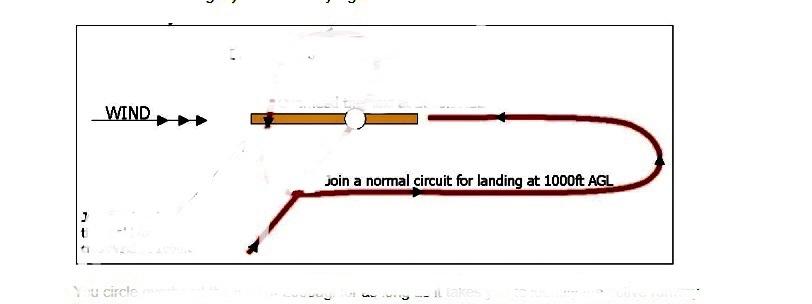wilkersk
Pattern Altitude
Post on FB today, shows a screen grab of someone's iPad with Foreflight showing a complete cluster-7uck over KAWO. The comment from the OP was something about how bad we need a control tower. I say "screw that"! That kind of thinking will buy us a lot more "rule airspace", cost us a lot more money and personal freedom.
Just imagine for a second, one of those time-lapse photos with aircraft arriving and departing over a long period, super-impose those "recommended" and "alternate" arrivals and departures on top of that.
If you cross overhead at TPA +500, and don't descend until you're 2 miles away from the runway, then when you're about 3 miles away, make a 30 degree bank turn back to join the 45, you'll see this makes perfect sense.
One of the "emphasis" items on my last flight review was to make sure I was TPA +500 when crossing midfield to enter the 45, and not descending until I was 2 miles from the runway.
Take your copy of the AC90-66B out and have your copilot read it to you like a checklist as you fly the pattern. I suspect some pilots would see a little bit different picture than what they're used to. If everyone did it that way
Just imagine for a second, one of those time-lapse photos with aircraft arriving and departing over a long period, super-impose those "recommended" and "alternate" arrivals and departures on top of that.
If you cross overhead at TPA +500, and don't descend until you're 2 miles away from the runway, then when you're about 3 miles away, make a 30 degree bank turn back to join the 45, you'll see this makes perfect sense.
One of the "emphasis" items on my last flight review was to make sure I was TPA +500 when crossing midfield to enter the 45, and not descending until I was 2 miles from the runway.
Take your copy of the AC90-66B out and have your copilot read it to you like a checklist as you fly the pattern. I suspect some pilots would see a little bit different picture than what they're used to. If everyone did it that way
Last edited:





